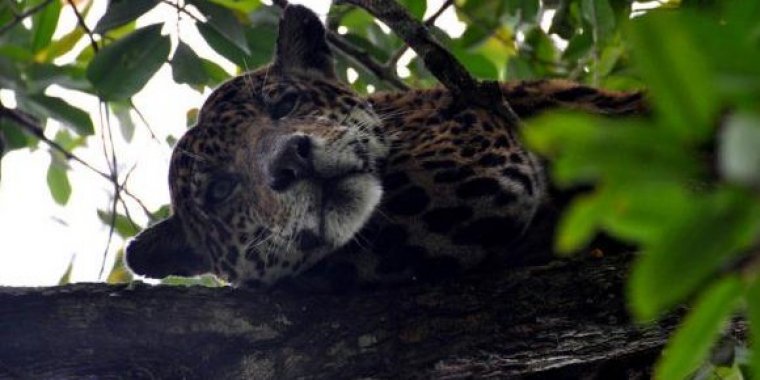| News / World News |
Amazon jungle animals to be monitored by sensors
A network of sensors with microphones and cameras will be created under the Amazon rainforest canopy to collect data on how animals there behave, on an ongoing basis. The monitoring initiative is Project Providence led by Mamirauá Institute, a research arm of Brazil's Ministry of Science, Technology, Innovation, and Communications (MCTIC).
The use of technology will reduce the need for human presence and cut costs with field trips. It will be able to identify species from imagery and sound and use satellites to send real-time data remotely to researchers.
Initially, ten sensors will be set up this month at different points of Mamirauá Sustainable Development Reserve, located about 600 km west of Manaus, midstream of the Solimões river. It covers an area of 1,124,000 hectares.
The monitoring initiative is part of the first stage of the project, which began in October 2016 and will take 18 months to complete. The researchers will determine if the sensor network will be able to capture sounds and images of animals from samples.
Ten species have been selected for this task, including the jaguar, the howler monkey, and the pink river dolphin. They were chosen for their characteristic sounds they make, their large presence in the region, and their popularity. (Agência Brasil)
YOU MAY ALSO LIKE





